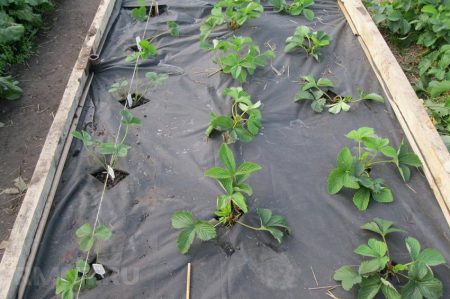 Depending on what problem you are going to solve using cover material for cottages, gardens, gardens, and you should make his choice. And there are really a lot of proposals to understand this issue, consider some of the most popular and popular types of covering material for beds - how to choose, so as not to be mistaken!
Depending on what problem you are going to solve using cover material for cottages, gardens, gardens, and you should make his choice. And there are really a lot of proposals to understand this issue, consider some of the most popular and popular types of covering material for beds - how to choose, so as not to be mistaken!
Types of covering material
The so-called non-woven material for agricultural work is available in a wide variety of designs, they mainly vary in density, with regard to color, it is mainly black or white, the most popular and actively used.
Black covering material is used to cover the soil with the purpose of mulching it, to control weeds and drying out, as well as to reduce the number of irrigation, which in turn, in addition to the benefits of moisturizing, also carries the risk of leaching useful minerals from the soil.
White covering material is used to cover plants from above from temperature extremes and frost at the beginning of the seedling planting season.
Recommended:Sweet thick-walled pepper for Moscow region.
Both materials are manufactured using the same technology, the only difference is the presence of a coloring material in the black material. Such non-woven covering materials can not be compared with the usual film previously used by gardeners, which does not allow air or moisture to pass through, and if there is condensation from the inside, which can cause serious burns to plants in direct sunlight.
The covering material for the beds and how to choose it will become clear upon receipt of specific information regarding mainly only the thickness and color of the non-woven material.
In addition to white and black covering materials, silver, yellow and double black and white are also produced; these are environmentally friendly materials produced on the basis of stabilized propylene.
The market offers such abundant materials as snapbond, agrospan, agril, agrosuf, agrotext, geotextile, lutrasil, all of the same high quality, differ in density, which is their main characteristic when choosing.
A variety of non-woven covering materials corresponds to the density:
- 17 g / sq.m;
Such a density characterizes the thinnest material, for well-defined purposes of agricultural use, which we will describe below, for which it is simply irreplaceable. This covering material allows you to get a wonderful air - and moisture - exchange inside the shelter, is able to protect plants from exposure to negative temperature to minus 3 * C.
Recommended:Planting tomatoes for seedlings in 2016.
- 30 g / sq.m;
A slightly higher density, depending on the color, can be used both for mulching the soil and for the upper shelter of plants, which guarantees greater safety from short-term frosts reaching minus 7 * С.
- 42 g / sq.m; - 60g / sq .;
These two types of rather dense covering materials, you can not choose them for beds, because they are mainly used to shelter greenhouses or trees, help plants withstand temperatures up to minus 9 * С. For beds, as quite heavy, they are not suitable, so you should stop your choice on the first two types.
Selection of cover material
Now that we have figured out the essence of the matter, we can competently make our choice based on our specific wishes and the problems that we are trying to protect our landings from.
So if you need to mulch the soil, for planting strawberries or any other crop, you need to choose the thinnest black material, however, the problem is that the black color that absorbs light in abnormal heat or when used in the southern regions of agriculture can contribute to overheating roots, and the film itself will suffer.
There are two ways, either to use a black cheaper covering material, followed by applying a mulching layer of leaves, straw, dry grass on it, or to purchase a more expensive version of the covering double-sided material, with the same excellent characteristics of air and moisture exchange.
Such a more advanced covering material for mulching the soil is available in black and white, the lower dark layer prevents the growth of weeds, and the upper one contributes to the reflection of sunlight. By the way, part of such reflected light falls on the plants themselves, from which their growth and yield increase.
Recommended:Reviews on the greenhouse "Snowdrop".
It should be borne in mind that laying covering material for beds (we told you how to choose it) should be on a flat surface of the soil, both for the convenience of caring for plants and to avoid damage to the film itself when leaving, you should choose their narrow version, width beds should not exceed two bushes of plants.
White covering material is used to protect seedlings from subzero temperatures and from pests, depending on how much frost there is in your region, and you should choose a white covering material, not too high density, so that the seedlings do not take and break. However, nevertheless, if it is necessary to use a denser covering material, greenhouse arcs should be placed on the beds, which are subsequently easily removed.

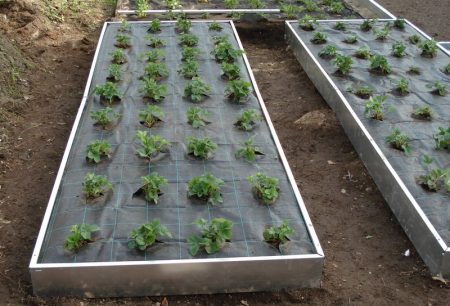
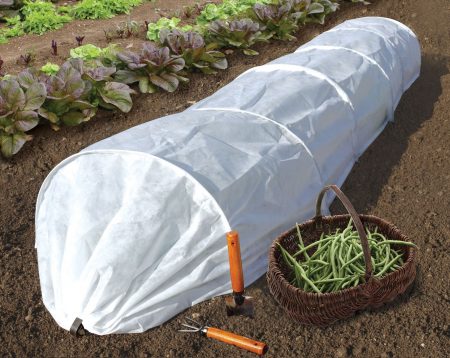
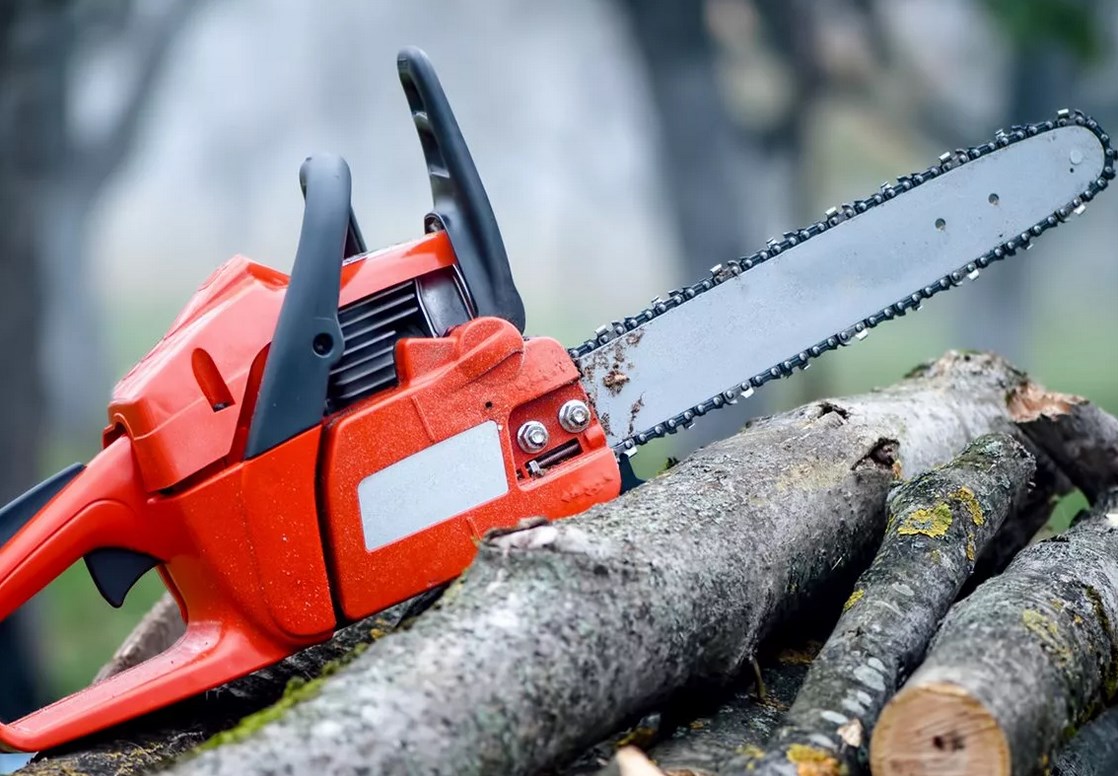
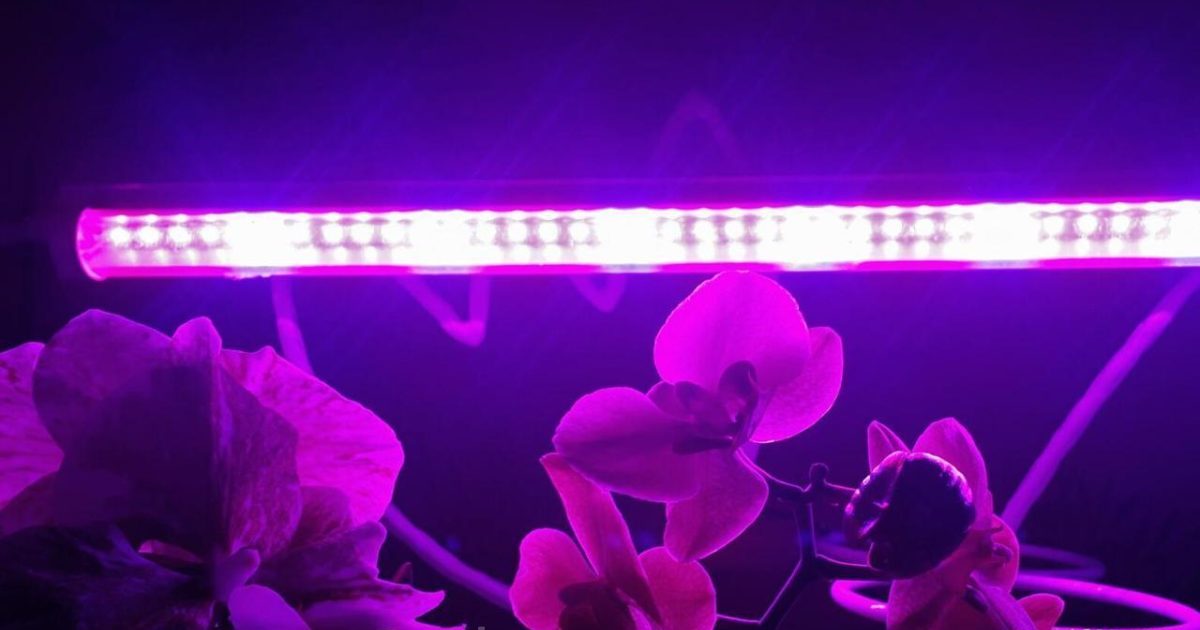
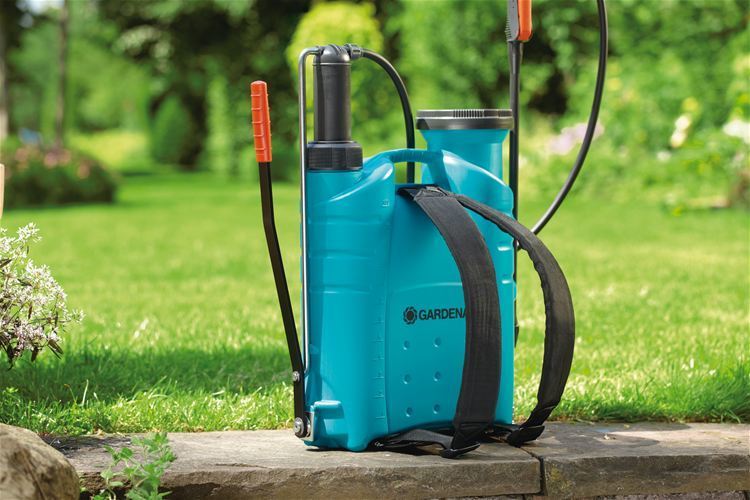
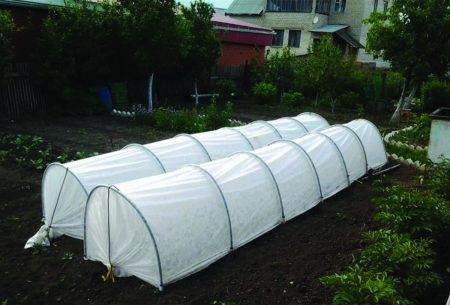
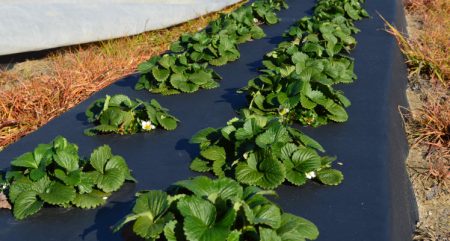
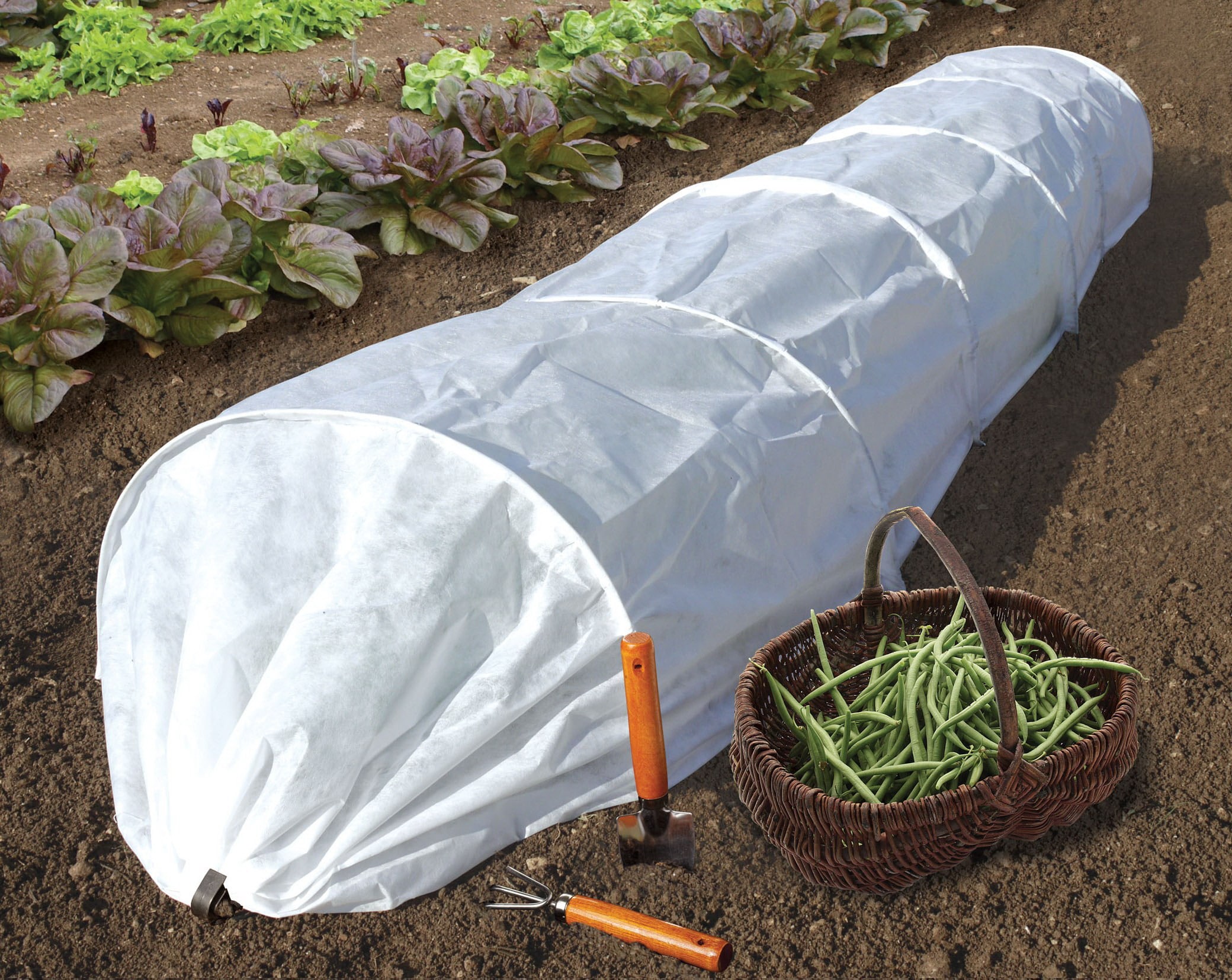 Cover material for plant care: features of use
Cover material for plant care: features of use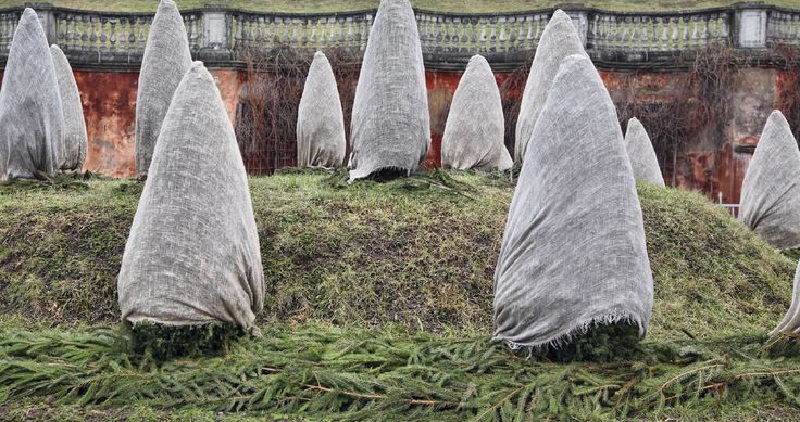 Types of winter covering material for plants
Types of winter covering material for plants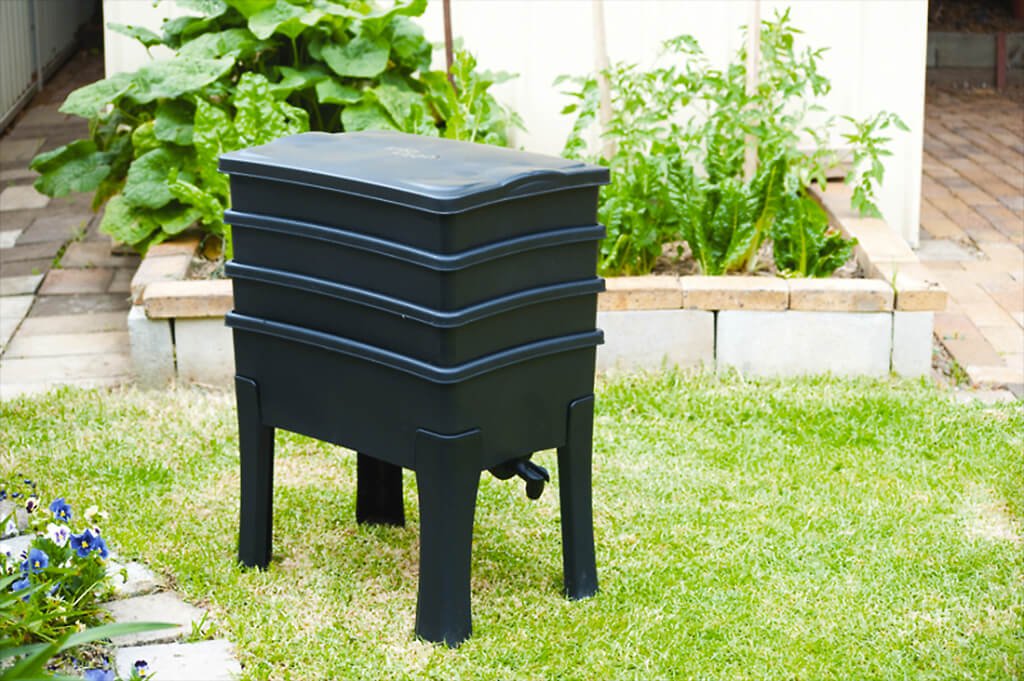 Farm for the extraction of vermicompost
Farm for the extraction of vermicompost What covering material to choose for a greenhouse?
What covering material to choose for a greenhouse?
Anna P
I am a village resident, and of course I have my own garden. And even though I live in the south, I began to use covering material.
Firstly, in early spring I make a greenhouse for growing seedlings. First, I pull the polyethylene film onto the arcs of metal-plastic pipes, and when it gets noticeably warmer, only agrospan or spanbond. I must say right away that for the first time I bought the thinnest and very soon there was almost nothing left of it: a strong wind turned it into rags. Advice - do not save yourself more expensive.
Secondly, gradually transplanted all the strawberries into black agrospan mulch with a density of 60 g / sq.m. This coating lasts at least 5 years. I must say that there was no overheating of the soil under it even in the heat, and there are a lot of advantages: it is easy to remove mustaches, berries are clean, there are no weeds, the number of irrigation has been reduced.